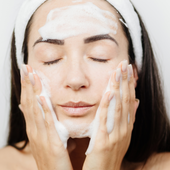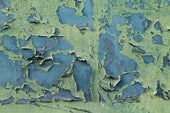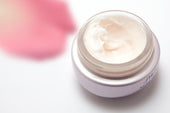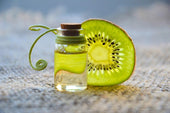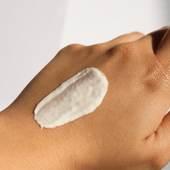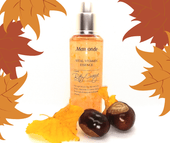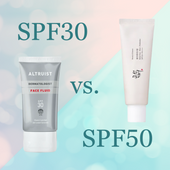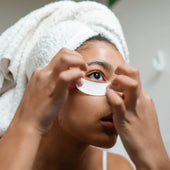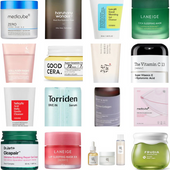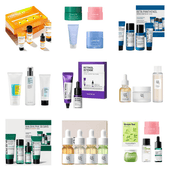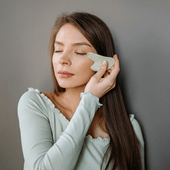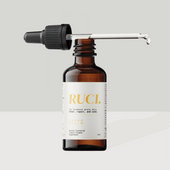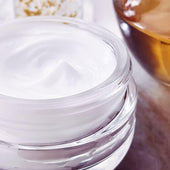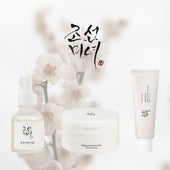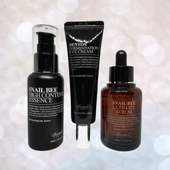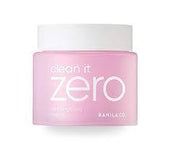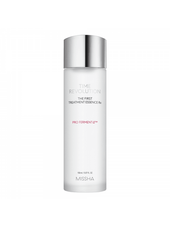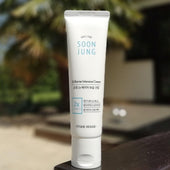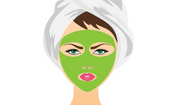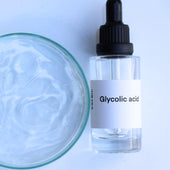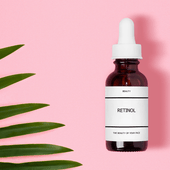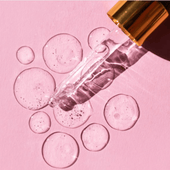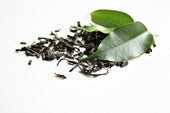The Ultimate Guide to Salicylic Acid For Clearer Skin
Share
When it comes to powerhouse ingredients in skincare, salicylic acid stands out as a versatile favourite. Known for its effectiveness in addressing acne and oily skin, this beta-hydroxy acid (BHA) works wonders by exfoliating the skin, clearing clogged pores, and reducing inflammation. But what exactly makes salicylic acid so special, and how can you make the most of it in your routine? Let’s dive in and explore this transformative ingredient in greater depth.
What Is Salicylic Acid and Why Is It a Skincare Hero?
Salicylic acid is a BHA derived from willow bark, a natural ingredient with anti-inflammatory properties. Unlike alpha-hydroxy acids (AHAs), which exfoliate the surface of the skin, salicylic acid penetrates deeper into the pores, making it particularly effective for oily and acne-prone skin types. It works by breaking down the bonds between dead skin cells, allowing them to shed more easily and preventing clogged pores. Beyond acne treatment, it helps reduce blackheads, whiteheads, and even the appearance of enlarged pores. The result? A smoother, clearer complexion with an even tone.
What sets salicylic acid apart is its ability to address multiple skin concerns at once. From preventing future breakouts to refining skin texture, its versatility makes it a must-have ingredient in many skincare routines. Moreover, its anti-inflammatory properties make it suitable for reducing redness and irritation associated with blemishes.

Who Can Benefit From Salicylic Acid?
While salicylic acid is celebrated for its acne-fighting abilities, its benefits extend to various skin types and concerns:
-
Oily Skin: Its oil-soluble nature helps remove excess sebum and keeps shine at bay, making it ideal for those with consistently oily complexions.
-
Acne-Prone Skin: Salicylic acid targets acne at its root by unclogging pores and reducing bacteria, which are primary contributors to breakouts. It’s particularly effective for those struggling with stubborn cystic acne.
-
Combination Skin: It can be used strategically on oilier areas, like the T-zone, to maintain balance while leaving drier areas undisturbed.
-
Keratosis Pilaris: By exfoliating dead skin cells, salicylic acid softens and smoothens rough patches, especially on areas like the arms and thighs.
- Post-Acne Marks: Its exfoliating properties can help fade post-inflammatory hyperpigmentation, leaving the skin brighter and more even over time.
However, it’s less suited for those with extremely dry or sensitive skin due to its exfoliating properties, which can exacerbate irritation. For these skin types, products with lower concentrations or paired with soothing ingredients may be better options.

Confused About Skincare? Sign up for our Free Email Course!
- Learn what your skin really needs (and what it doesn’t)
- Decode your skin type and what it’s telling you
- Build a custom skincare routine in just 5 days
What Do Experts Say About Salicylic Acid?
Recent studies continue to validate salicylic acid as a go-to ingredient for acne and oily skin. Dermatologists consistently recommend it for mild to moderate acne, noting its ability to reduce inflammation and promote cell turnover. One study highlighted that regular use of 2% salicylic acid formulations significantly improved acne within weeks, with many participants experiencing reduced redness and fewer breakouts.
Experts also emphasise the importance of combining salicylic acid with hydrating ingredients to mitigate potential dryness. For example, hyaluronic acid or ceramides can replenish the skin’s moisture barrier, ensuring optimal results without compromising hydration. Additionally, many dermatologists point to salicylic acid’s role in managing conditions like seborrheic dermatitis and psoriasis, further broadening its appeal.
Understanding the Risks and How to Use Salicylic Acid Safely
While salicylic acid is generally safe for most, improper use can lead to side effects such as dryness, redness, and peeling. Here’s how to mitigate these risks and make the most of this potent ingredient:
-
Start Slow: Begin with a lower concentration (0.5%-2%) and use it 2-3 times a week before gradually increasing frequency. This approach allows your skin to acclimatise without becoming overly sensitised.
-
Hydrate: Follow up with a moisturiser to counteract potential dryness. Ingredients like glycerin, niacinamide, or squalane can provide a soothing, hydrating boost.
-
Use Sunscreen: Salicylic acid can increase photosensitivity, making daily SPF application non-negotiable. A broad-spectrum sunscreen with SPF 30 or higher is recommended.
-
Spot Test: If you have sensitive skin, patch-test new products to avoid adverse reactions. Apply a small amount to your inner arm or jawline and monitor for 24 hours.
- Avoid Over-Exfoliation: Resist the temptation to combine salicylic acid with other potent exfoliants like glycolic acid or physical scrubs. Over-exfoliation can damage the skin barrier and lead to irritation.

Frequently Asked Questions About Salicylic Acid
Can I use salicylic acid during pregnancy? While small amounts of salicylic acid in over-the-counter products are generally considered safe, it’s best to consult your doctor before use. Many expectant individuals opt for alternatives like lactic acid during pregnancy.
Can I mix salicylic acid with other active ingredients? Yes, but with caution. Avoid combining it with strong acids like glycolic acid or retinol in the same routine to prevent irritation. Instead, alternate their use on different days or mornings/evenings. Pairing salicylic acid with soothing ingredients like niacinamide or hyaluronic acid can enhance its benefits.
Is salicylic acid suitable for sensitive skin? Sensitive skin types should approach salicylic acid cautiously, opting for lower concentrations and testing products on a small area first. Consider formulations that include calming ingredients like allantoin or chamomile to reduce potential irritation.
How long does it take to see results? Results vary, but many users notice improvements in texture, reduced blackheads, and fewer breakouts within 4-6 weeks of consistent use. For more severe concerns, longer-term use may be required for optimal outcomes.
Refresh Recommends...
To make the most of salicylic acid, choose products tailored to your skin’s unique needs. Here are some top picks from Refresh Skincare:
COSRX Salicylic Acid Daily Gentle Cleanser (0.5%): Ideal for beginners or those with combination skin, this toner clears pores without over-drying.

Jumiso Purifying Salicylic Acid Foaming Cleanser (0.5%):Another great lower concentration cleanser for those starting out with Salicylic Acid, suitable for use morning and night.
Elizavecca Salicyl Cream: Use once or twice a week either as a one off treatment, or as a sleeping mask.

By understanding salicylic acid’s strengths, limitations, and proper use, you can harness its full potential to achieve your best skin yet. Explore our curated range to find the perfect fit for your skincare journey.
Please remember, everyone's skin is different and what works for one person may not work for another. This blog post is not intended as medical advice. Always consult a dermatologist before making changes to your skincare routine, and ensure you patch test any new products.
Refresh Skincare has a great range of skincare products for all types of skin. All the products have been selected for the ingredients they contain to give you the results that you are looking for. Explore the range here and subscribe to our newsletter for a 10% discount on your first order.
About the Author




